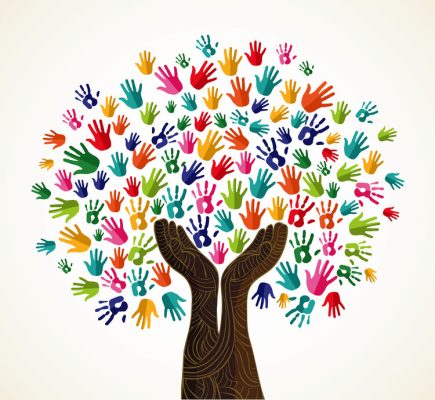Contribution

Contribution
There is this ultimate human need to be met before anyone can be fulfilled, yet, its true meaning is not well understood and there are erroneous attitudes around it.
Attitude #1: “I give. I have to give. I am here to give. And giving means sacrificing, or at least I give at the detriment of myself.”
This is an attitude often shared by many health care providers; particularly, mental health practitioners; and the less money paid to providers in this specific field, the more likely such an attitude will be present.
This attitude often leads to resentment, unhappiness, lack of fulfillment, and burnout.
Attitude #2: “I cannot give what I don’t have. The more I have, the more I can give. I must do me before I can do the other. I’m doing me first. The flight attendant says, “Put your mask first.”
This attitude sounds healthy, human, assertive, logical, right-minded, and often well-intended. This attitude also can be justified and might be seen as the best protective factor from burnout.
However, such an attitude-Attitude #2 can be a double-edged sword, and here is why:
-
While such an attitude is sound, it may be practiced improperly due to a misunderstanding of what its true
 meaning really is
meaning really is -
It is both easy and common to find such an attitude among those who are detached from their work, nonchalant, and who tend to treat their work solely as just something to do
-
This type of attitude is often present in those who initially were very enthusiastic in their job, often having Attitude #1, ultimately becoming burnt-out, and adopting the other extreme, found in Attitude # 2
There is a third attitude. One that bridges the gap between Attitude #1 and Attitude #2. When present, it allows Attitude #2 to be strengthened, properly understood, and adequately practiced.
Attitude #3 goes like this: “When I contribute to the other, I am contributing to myself. For from a belief-behavior-result pathway standpoint, coupled with the concept of operant conditioning, there is positive reinforcement for my belief. My self-image is telling me, I do have something to contribute, which allows me to see myself in a positive light, which then increases the likelihood that I contribute again and again, and often better, each time. This also places me in a condition, where I am likely to give to myself, to contribute to myself, because I am intrinsically motivated to contribute, which I do with joy, and the reinforcement never ceases.
As such, as I am contributing to myself, either through learning, reading, resting, exercising, and treating myself well, instead of feeling guilt or shame, it is clear to me that I am not just contributing to myself, but also to others, in the process, because I know contributing to myself is contributing to them since contribution is now what my focus is, as an extension-a two-way extension, as opposed to a one-way project.
Lastly, whoever I am contributing to, not only is this contribution also being directed to myself, but it is also being directed to many others, indirectly, given the ripple effect that it naturally creates. For the person I contribute to is likely to share and contribute to the world.
Simply put, Attitude #3 means that by contributing to ourselves (Individual), we are contributing to others (The  Other), and to many more that we may not be in direct contact with (The World).
Other), and to many more that we may not be in direct contact with (The World).
Regardless of which needs are already met, fulfillment is impossible without having met the need of contribution. Such a need cannot be met without the mindset, that knows, understands, and experiences that contribution may not be contribution at all, if it has a negative impact on ourselves, on others, or the world.
Here are three questions to consider:
-
Which attitude is mostly predominant in how I currently contribute?
-
Which attitude makes the most sense to me?
-
What and how can I best contribute to make the biggest impact; and which of the above three attitudes will support that best?
We love you all.
Until soon,
Karen and Mardoche






